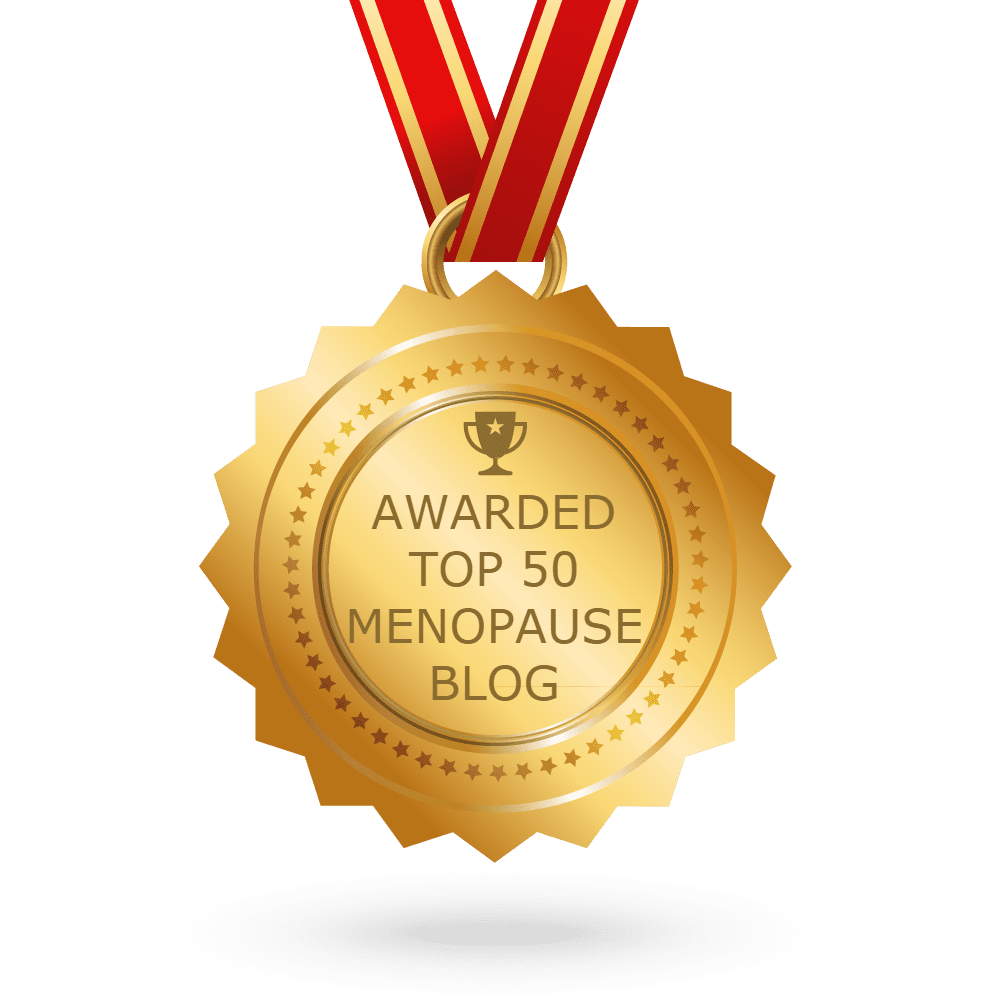Symptoms in Detail
What are the most common signs and symptoms of perimenopause and menopause?
We're so glad you asked because a lot us are caught unawares. But never fear, we've made it easy to discover what the common symptoms of menopause are so that you're prepared.

So, without further ado, let’s talk about the symptoms of menopause. And we’re talking peri and post here, which can be both physical and psychological. The truth is, menopause is not a ‘one size fits’ all process – it affects all women differently.
And some women don’t experience the symptoms of natural menopause at all – lucky them! While for others the signs can be intense. Especially if menopause has been bought on abruptly due to surgery, chemotherapy, or radiation.
The most well known and common symptom are hot flushes which are experienced by around 60% of women.
But don’t be fooled into thinking you’re not in perimenopause if you aren’t experiencing them. Indeed, there are over 30 documented signs of menopause.
Know the 34 symptoms of menopause
Here are all of the documented symptoms of menopause you need to look out for:
Physical Symptoms
- Incontinence
- Changes in Body Odour
- Bouts of Rapid Heart Beat
- Breast Pain
- Headaches
- Joint Pain
- Itchy Skin
- Burning Mouth Syndrome
- Electric Shock Sensation
- Digestive Problems
- Gum Problems
- Increased Tension in Muscles
- Formication - Crawly Skin
- Paresthesia - Numbness in Hands and Feet
- Osteoporosis - After Several Years






